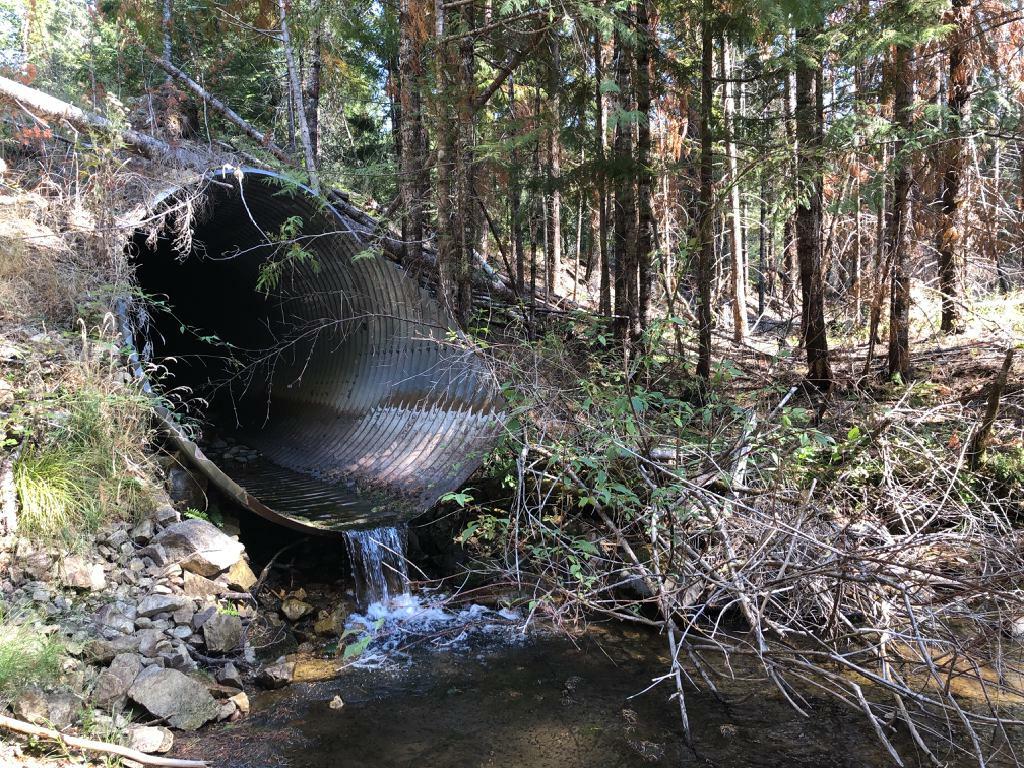On the Umpqua National Forest, our work is hyperlocal and responsive to the needs of the Forest Service and the community. Our partnership with the Umpqua National Forest began in earnest in August 2020 when we hired our Umpqua Restoration Program Coordinator to support strategic planning, partnership coordination, fundraising, and project management.
Our initial focus on the Umpqua National Forest was to facilitate Forest Service staff and partners to create a strategic plan for restoration of the North Umpqua Watershed. Together with the Umpqua National Forest and Roseburg District Bureau of Land Management, we released the North Umpqua Watershed Holistic Restoration Strategy in March 2022 and are now working on fundraising for and implementing projects identified in the strategy.
Our partnership with the Umpqua National Forest spans all resource areas from instream restoration and wildlife habitat to sustainable recreation and wildfire recovery. The Forest provides key funding and support to make our work on the Umpqua happen. Read on to see examples of how we work on the Umpqua.








